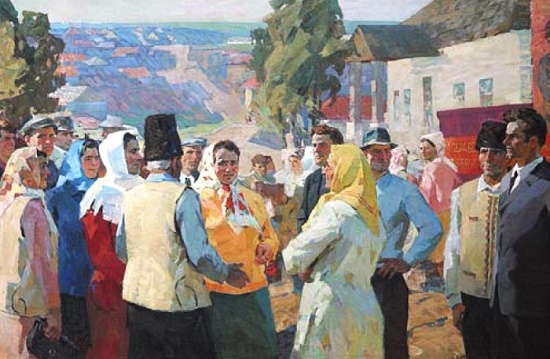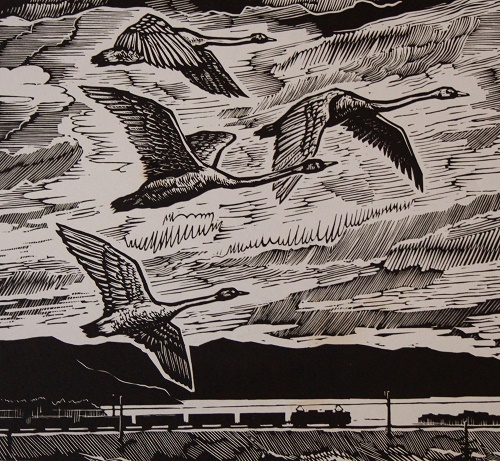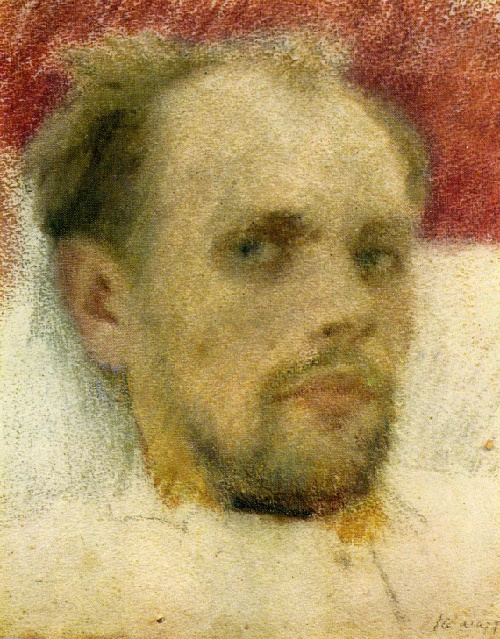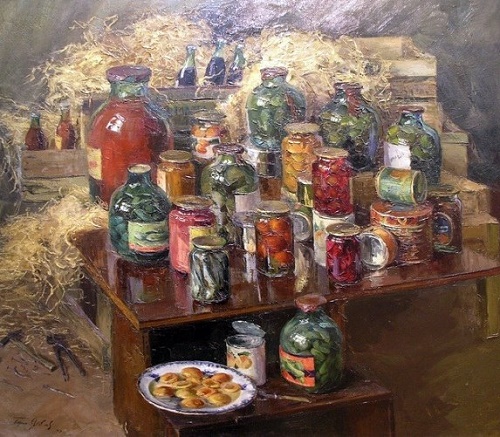Soviet Turkmen artist Chary Amangeldyev
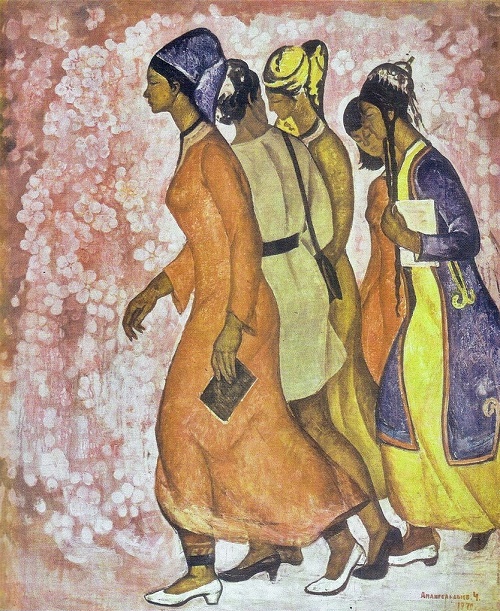
To the light. Triptych. Central part. Oil. 1970. Soviet Turkmen artist Chary Amangeldyev (born July 5, 1933)
Soviet Turkmen artist Chary Amangeldyev – member of the USSR Union of artists, People’s Artist of the Republic of Turkmenistan.
Born on July 5, 1933 in Ashgabat, he graduated from the Ashkhabad Art College in 1951 and the Moscow State Art Institute named after VI Surikov in 1965. His thesis work was “Turkmen carpet-weavers” (led by famous Soviet artist D.K. Mochalsky). Meanwhile, in the Moscow State Art Institute Chary Amangeldyev first received a diploma of a restorer, and then graduated from painting department.
Amangeldyev was a permanent participant of All-Union, republican, and international exhibitions of Soviet Art since 1957. And his personal exhibitions took place in 1974, 1983 in Turkmen State Museum of Fine Arts, Ashgabat. Besides, he was a participant of the 2nd Tashkent Biennale of Contemporary Art in 2002. His creativity no longer fit into the borders of Turkmenistan and the entire Soviet Union and went beyond them.
Associate Professor of the Turkmen Academy of Arts (1998-2004), Chary Amangeldyev made creative trips to Argentina, Bulgaria, Iran, Mongolia, Turkey, and Japan. His works are in the Turkmen State Museum of Fine Arts in Ashgabat, the State Tretyakov Gallery, the State Museum of Oriental Art in Moscow, and in private collections in the former USSR and abroad.
More »

